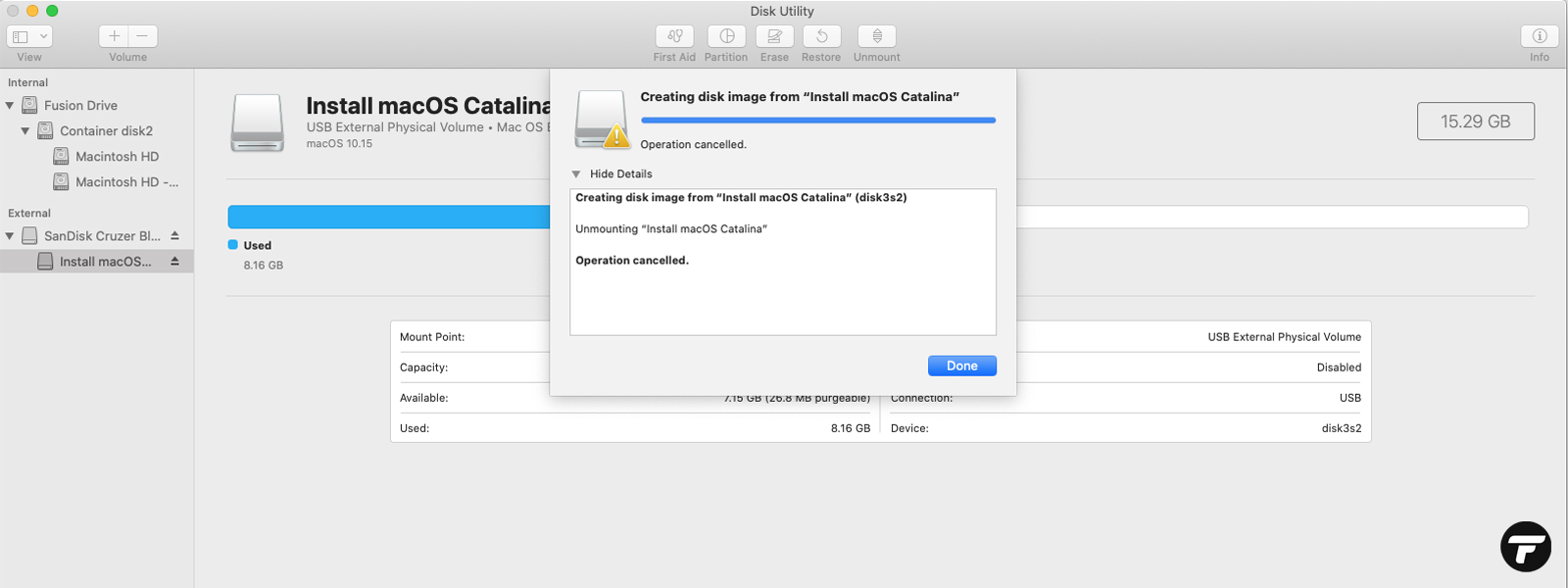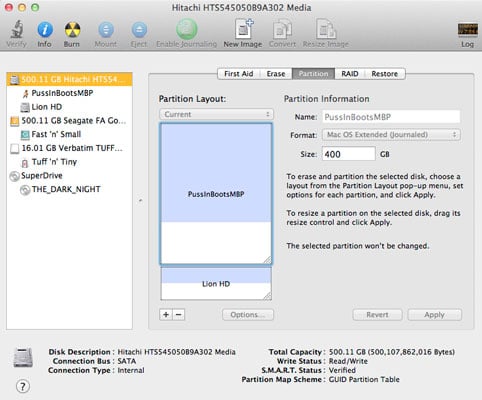

- #Make a utility disk for my mac mac os#
- #Make a utility disk for my mac install#
- #Make a utility disk for my mac full#
- #Make a utility disk for my mac free#
This is because containers behave like HFS+ volumes, with fixed size and unable to share free disk space. Here’s one important difference between HFS+ and APFS: APFS doesn’t put its volumes at the top level within the storage structure, but inside a container. Each disk contains a hidden EFI partition, together with HFS+ volumes and APFS containers as created.
#Make a utility disk for my mac full#
There are two invaluable commands which reveal disk and volume structures in their full detail: the older diskutil list, and a new supplementary diskutil apfs list which concerns itself with APFS volumes.ĭisks, internal or external, commonly come in two forms: those using the old HFS+ (Mac Extended) file system, which are still required for local Time Machine backups, and those using the new APFS. The diskutil command in Terminal gives you a wealth of detail, which you seldom need in day-to-day work, intended for when you need to refer to volumes using their Unix names, such as disk3s2.It doesn’t give full details, or even show all available volumes, though. Disk Utility shows what you need to use when creating and working with storage volumes on different disks.(period or full stop) to show hidden items, but that is at best a temporary measure, and still doesn’t reveal full detail. You can always make it a bit more literal by pressing Command-Shift. The Finder shows you a simplified view which you need for everyday handling of documents, apps, etc.

There are three different ways of looking at the disks and volumes on your Mac, which don’t always precisely match: This article aims to unravel that so that you can better understand the Finder, Disk Utility, and the command line across each recent version of macOS. Now with Catalina and its strange paired System and Data volumes, it just seems a bewildering mess. Then came High Sierra and Mojave with APFS, which complicated that with features like containers, and the simple illusion offered in the Finder didn’t bear much resemblance to what Disk Utility shows, and is further removed from Terminal’s shell. What we saw in the Finder and in Disk Utility was reasonably close to what we needed to use, and wasn’t too far from what you’d find using the diskutil command in Terminal. Click on it, then quit Disk Utility.Until Apple introduced APFS, the normal structure of our Mac’s disks and volumes was relatively simple.
#Make a utility disk for my mac install#
This should install the version of OS X that was pre-installed when the computer was new.
#Make a utility disk for my mac mac os#


 0 kommentar(er)
0 kommentar(er)
